Electric Truck News
Precautions for the Use of New Energy Electric Vehicles in High Temperature Weather in Summer
Posted on by Electric Trucks
As the temperature steadily climbs, especially when it rises to 37°C – 39°C and the vehicle is exposed to such high temperatures for prolonged periods during driving, the internal temperature of the battery can soar above 40°C. Consequently, after extended usage of the vehicle, it is crucial to be mindful of the following circumstances:
- When the vehicle requires charging after prolonged use: Select a cool and well-ventilated location for the charging process. Simultaneously, it is of utmost importance to refrain from initiating charging immediately after coming to a stop. The vehicle should be parked for approximately 30 minutes to 1 hour to enable the vehicle battery to cool down adequately! (In the event that the battery is subjected to high temperatures during charging and exceeds the permissible temperature range, power limitations or alarm faults may occur.)
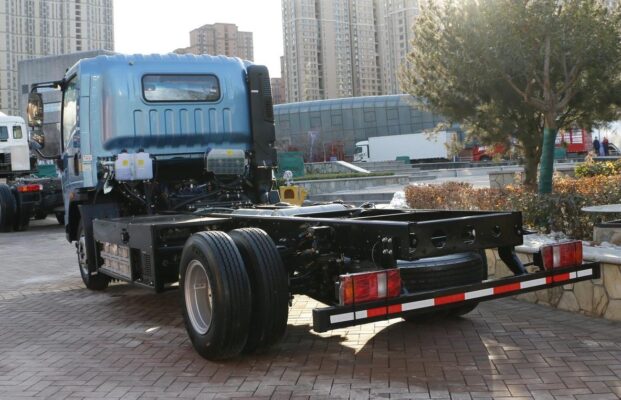
Let’s elaborate on this point. A cool and well-ventilated charging environment helps dissipate the heat generated during the charging process, reducing the stress on the battery and minimizing the risk of overheating. Immediate charging after a long drive can exacerbate the heat build-up within the battery, potentially leading to reduced battery life and performance. Allowing for a cooling-off period ensures that the battery is at an optimal temperature for charging, enhancing the charging efficiency and safety.
- In the case of self-charging, it is imperative to ensure that the portable charging pile is not directly exposed to high temperatures or tightly wrapped in an airtight manner.
Excessive heat exposure can damage the charging components and cables of the portable charging pile, increasing the risk of electrical faults and reducing the lifespan of the charging equipment. Ensuring proper ventilation and protection from direct sunlight helps maintain the integrity and functionality of the charging pile.
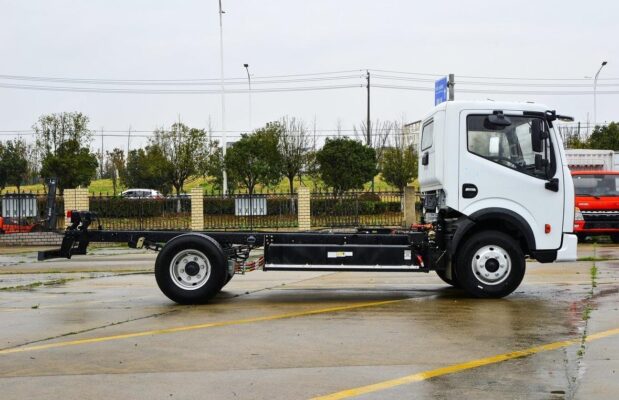
- The charging duration should not be overly protracted. Once the charging is complete, disconnect the power promptly to prevent the vehicle from overcharging. Simultaneously, it is essential to avoid excessive discharging during driving.
Overcharging can cause overheating and damage to the battery cells, reducing their capacity and overall lifespan. Similarly, excessive discharging can also have adverse effects on the battery’s performance and longevity. Monitoring the charging and discharging processes carefully helps maintain the battery’s health and ensures reliable vehicle operation.
- After the vehicle is fully charged, during driving, it is inadvisable to accelerate sharply, stomp hard on the accelerator, or maintain high speeds for extended periods. Instead, aim for a constant speed and gentle acceleration.
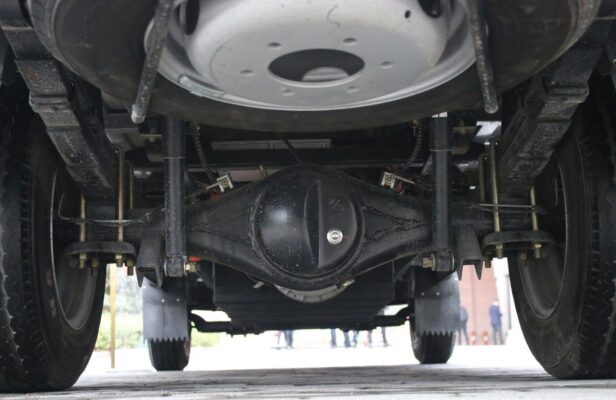
Abrupt and aggressive driving behaviors place additional stress on the battery and drivetrain, consuming more energy and potentially reducing the vehicle’s range. Smooth and consistent driving helps optimize energy consumption and extends the driving distance on a single charge.
- During the charging process, it is not recommended to utilize other electrical equipment such as air conditioners, fans, or other electrical appliances.
The simultaneous use of multiple electrical devices can increase the load on the power supply, potentially causing voltage fluctuations and affecting the charging stability and safety of the vehicle battery. Focusing the available power solely on the charging process ensures efficient and safe battery charging.
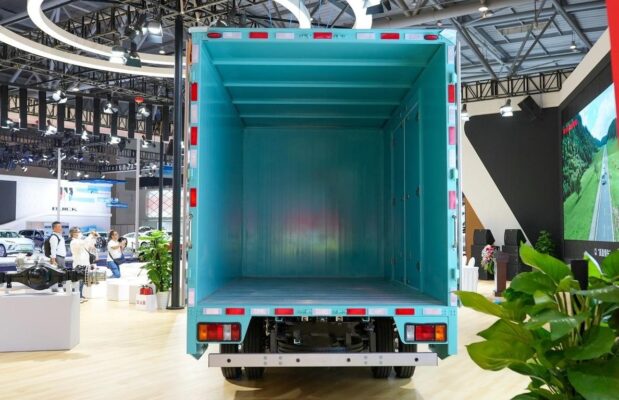
- Utilize the air conditioner judiciously, have a clear grasp of the remaining power and mileage of the vehicle, and avoid vehicle malfunctions due to an inaccurate assessment of the power status.
Excessive use of the air conditioner can significantly drain the battery’s power. Understanding the vehicle’s power consumption patterns and remaining capacity helps plan the journey effectively and prevent unexpected power depletion.
- In the event of a fault being detected, promptly control the vehicle speed, maneuver to a safe position, and deploy warning items. On the premise of ensuring personal safety, assist the logistics staff in confirming the vehicle fault and ensure that after-sales service is handled proficiently!
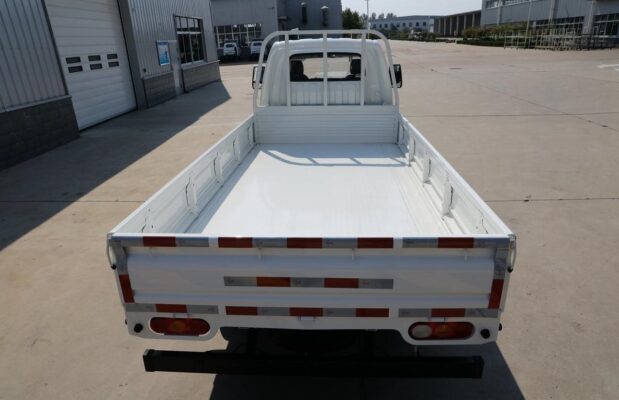
Swift action in response to a fault is essential for preventing potential accidents and minimizing damage. Placing the vehicle in a safe location and providing clear warning signs protects both the occupants and other road users. Collaborating with the logistics and after-sales teams ensures a timely and effective resolution of the issue, getting the vehicle back on the road as soon as possible.
The above encompass the key precautions to be observed when using new energy electric vehicles in high temperature weather during summer. Adhering to these guidelines not only safeguards the vehicle’s performance and longevity but also ensures a safe and reliable driving experience.
In conclusion, as summer brings elevated temperatures, taking extra care and following these precautions when operating new energy electric vehicles is crucial. By being vigilant and proactive in managing the vehicle’s charging, driving, and power usage, drivers can make the most of their vehicles while minimizing the risks associated with high-temperature conditions.